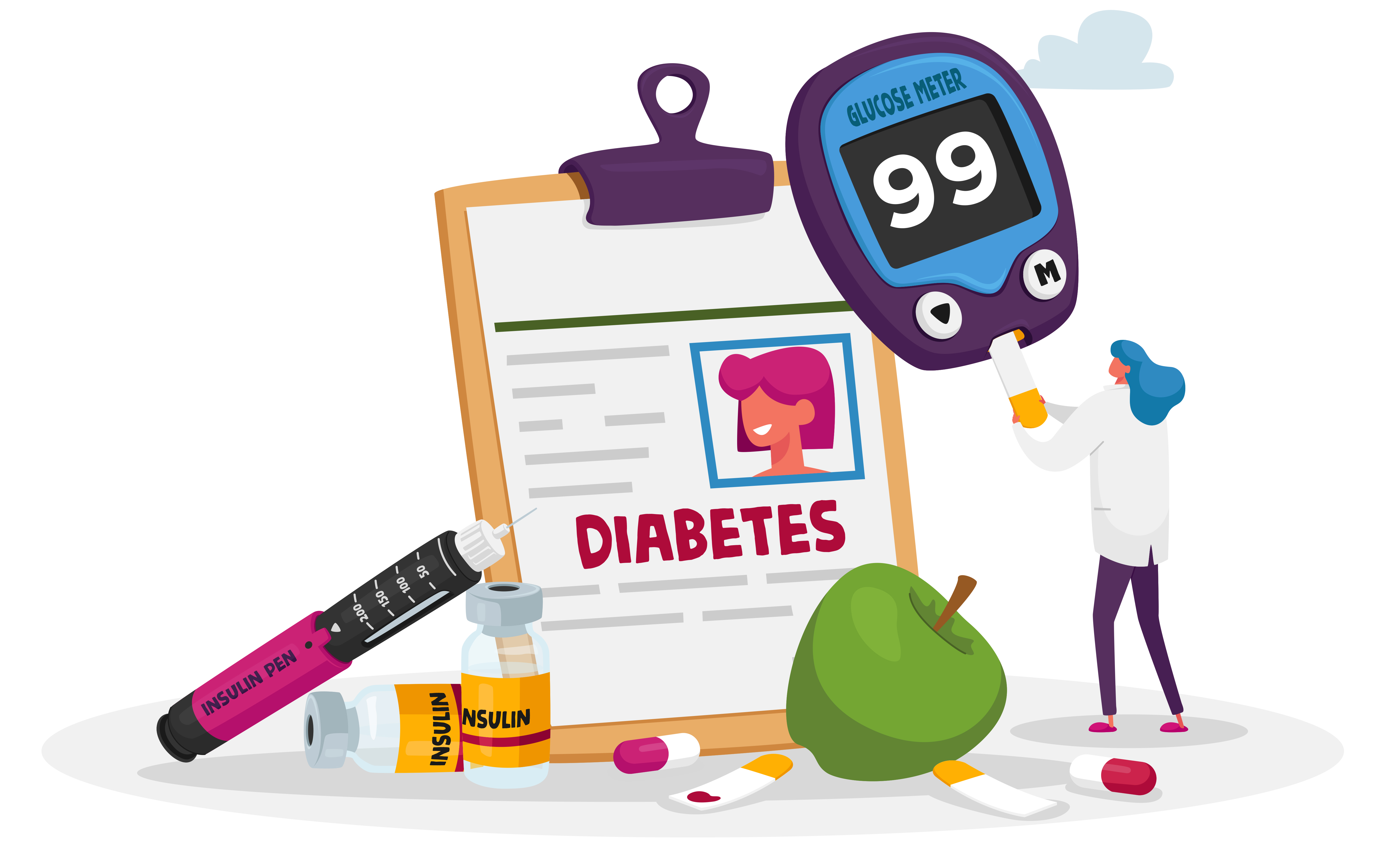
Researchers highlight ‘vital role’ of community pharmacists in public health
Community pharmacies in the United States “played a vital role in the public health response to the COVID-19 pandemic,” said a new commentary published June 29, 2023, in JAMA Forum.
Citing data published earlier this year in JAPhA, authors of the new commentary wrote that from early 2021 to May 2023, community pharmacies provided more than 300 million doses of COVID-19 vaccines, representing more than two of every five doses administered in the United States.
“With this work, pharmacists delivered on a promise long recognized in the public health community, but seldom achieved in practice,” wrote commentary authors Joshua Sharfstein, MD, from the Bloomberg School of Public Health at Johns Hopkins University, and Cherokee Layson-Wolf, PharmD, from the University of Maryland School of Pharmacy.
Their commentary lays out four clinical domains in which pharmacists are especially accessible and knowledgeable: HIV, hypertension, opioid overdose, and reproductive health care.
“The role of community pharmacists and pharmacies in the postpandemic world is uncertain. The special authority to provide COVID-19 testing and vaccination is scheduled to end in December 2024,” Layson-Wolf and Sharfstein wrote. “As the clock ticks down, it is time to build for the future. There are more than 67,000 pharmacies in the U.S., with 88.9% of individuals living within 5 miles of at least one pharmacy. It is worth appreciating what this network could accomplish for the health, equity, and well-being of U.S. individuals, as reflected in the four clinical domains.” ■

Almost one-half of Americans would spend $100 a month for weight loss drugs
Nearly one-half of Americans said they would be willing to spend up to $100 a month for new weight loss medicines such as semaglutide (Wegovy—Novo Nordisk), and one-third said they would pay whatever they can afford indefinitely to get the drugs, according to a new survey by STAT and Harris Poll.
Demand is so great for the drugs, known as GLP-1 receptor agonists, that nearly one-quarter of respondents said they would pay up to $250 each month, with another 17% expressing a willingness to spend as much as $500 each month.
However, 84% believe insurance companies should cover the injectable medicines, which carry list prices ranging from $900 to $1,300 a month. Fewer than 25% of employers cover the medications, according to a 2022 survey of more than 500 employers.
The findings arrive as the medications have become a controversial sensation thanks to studies showing they can help people lose significant weight without causing notable adverse effects.
Nearly two-thirds of those surveyed indicated they would pursue one of the medicines to help improve their physical health, while 51% cited their self-image as a reason to do so. ■

Ketamine works just as well as ‘gold standard’ for treatment-resistant major depression, says study
A new study published June 22, 2023, in NEJM adds to the growing body of research on the effectiveness of ketamine for treatment-resistant depression (TRD). Results from the ELEKT-D randomized trial found that when it came to improving treatment-resistant major depression in outpatients without psychotic features, ketamine worked just as well as electroconvulsive therapy (ECT).
ECT and subanesthetic intravenous ketamine are both currently used for treatment-resistant major depression, but the comparative effectiveness of the two treatments remains uncertain.
The open-label trial randomized 403 patients with nonpsychotic treatment-resistant major depression to receive either ketamine or ETC.
“At the conclusion of the 3-week, randomized, active-treatment phase, 41% of the patients in the ECT group and 55% of those in the ketamine group reported a 50% or greater reduction in symptoms, findings that are consistent with moderate-to-excellent responses to treatment,” wrote Robert Freedman, MD, from the University of Colorado Denver School of Medicine, in an accompanying editorial.
Ketamine—a type of psychedelic drug called a dissociative—was FDA-approved in 2019 as a prescription nasal spray, esketamine (Spravato—Janssen Pharmaceuticals, Inc.), for TRD. According to the official medication guidelines, it must be administered to patients under the supervision of a trained medical professional.
Study findings from 2019 published in the American Journal of Psychiatry first demonstrated the effectiveness of ketamine for TRD. Ketamine versus placebo resulted in clinically and statistically significant decreases in depression scores.
In both groups, patients continued taking antidepressants out of concern of not treating TRD. In another study from 2019 published in JAMA Psychiatry, researchers found that nasal ketamine had longer-term efficacy and helped patients stay in stable remission 16 weeks into treatment. ■

E-cigarette sales climb, according to new report
Sales of e-cigarettes increased by almost 50% from 2020 to 2022, according to a report published June 23, 2023, in CDC’s Morbidity and Mortality Weekly Report. The report also found that after January 2020, sales of mint- and other-flavored prefilled cartridges died down, and disposable e-cigarettes in fruit, sweet, and other flavors increased. Disposable e-cigarettes in youth-appealing flavors are now more commonly sold than prefilled units.
Additionally, the total number of e-cigarette brands increased 46.2% during the study period, from 184 to 269.
“Increases in the number of available e-cigarette brands during the study period and changes observed in the top five brands during December 2022 reflect the dynamic nature of the e-cigarette market,” wrote study authors in the report.
Among 184 brands, the top five in descending order of sales were JUUL, Vuse, NJOY, My Blu, and Puff for the 4-week period ending January 26, 2020. During the 4-week period ending December 25, 2022, the top five brands were Vuse, JUUL, Elf Bar, NJOY, and Breeze Smoke. Vuse, JUUL, NJOY, and My Blu are prefilled cartridge brands, while Puff, Elf Bar, and Breeze Smoke are disposable.
In the United States, the prevalence of e-cigarette use is markedly higher among youths and young adults than it is among adults. In 2021, 4.5% of all adults aged 18 years or older and 11.0% of young adults aged 18 to 24 years used e-cigarettes. During 2022, 14.1% of high school students used e-cigarettes.
Citing the appeal of flavored e-cigarettes to children, FDA announced in 2020 that it would prioritize enforcement against prefilled e-cigarettes in flavors other than tobacco and menthol based on the prevalence of use of these products among youth at the time. “The present study’s findings indicate that after this announcement, retail sales of mint- and other-flavored prefilled cartridges halted while notable increases in sales of fruit- and mint-flavored disposable products occurred,” the study authors noted. ■

CDC highlights drugs costs in new report
A June 2023 report from CDC indicates that millions of U.S. adults are not taking their medications as prescribed due to cost.
According to the data, more than 8% of U.S. adults ages 18 to 64 years, or roughly 9.2 million people, tried to save money by delaying a prescription refill, skipping doses, or taking less medication than prescribed.
Average drug costs did not increase in 2021, but the number of prescriptions did, which caused spending to rise. CDC also found that more than one-third of adults took at least three prescription medications in 2021, while data from IQVIA showed that overall prescription drug costs rose by nearly 5% from 2020 to 2021, to $63 billion.
The CDC report indicated that 23% of adults without health care coverage did not take their medications as prescribed to reduce costs, compared with <7% of people who had private insurance. People with disabilities were about three times more likely than those without disabilities to ration their medications, as were people with fair or poor health compared with those with good health.
Additionally, women were more likely to skip taking medications compared with men. For the study, researchers with the National Center for Health Statistics evaluated responses to the 2021 National Health Interview Survey, a representative survey of U.S. households. ■

Diabetes will be ‘a defining disease of this century,’ global cases set to exceed 1 billion by 2050
The prevalence of diabetes is expected to more than double by 2050, according to a new Lancet study published June 22, 2023. Approximately 1 in 10 people worldwide at that time will have diabetes, marking a 60% increase in the prevalence of the disease, said the study findings.
“Diabetes will be a defining disease of this century,” wrote editors of the Lancet in an editorial. “How the health community deals with diabetes in the next two decades will shape population health and life expectancy for the next 80 years.”
The increasing rates will be steered by T2D, which comprised 96% of cases of the disease globally in 2021.
The Lancet study also suggested that T2D cases will be primarily associated with obesity. The authors attribute roughly one-half of the rise in diabetes over the next 3 decades to demographic shifts such as aging populations and to rising obesity rates. They also note that low- to middle-income countries are shifting to industrialized lifestyles that feature more processed foods and reduced physical activity. At the same time, people in these countries lack adequate access to treatments and are restricted in their health spending, the authors noted.
Referring to new drugs like semaglutide and tirzepatide, the authors said “the excitement and utility surrounding GLP-1 agonists and newer drug combinations that help to control blood sugar as well as reduce body weight is understandable. But…the solution to unhealthy and unfair societies is not more pills, but to re-evaluate and re-imagine our lives to provide opportunities to tackle racism and injustice and to prevent the major social drivers of disease.” ■

Researchers better define long COVID
To better identify people with long COVID, researchers have identified 12 distinguishing symptoms and have developed a symptom-based scoring system.
Their report, published in the June 13, 2023, issue of JAMA, used survey data from nearly 10,000 individuals to define the symptoms: postexertional malaise, fatigue, brain fog, dizziness, GI symptoms, heart palpitations, changes in sexual desire or capacity, loss of or change in smell or taste, thirst, chronic cough, chest pain, and abnormal movements.
The researchers assessed data from a symptoms survey distributed at 85 hospitals, health centers, and community organizations across 33 states; Washington, DC; and Puerto Rico. The study included 8,646 people who contracted COVID-19 and 1,118 uninfected people who served as controls. ■